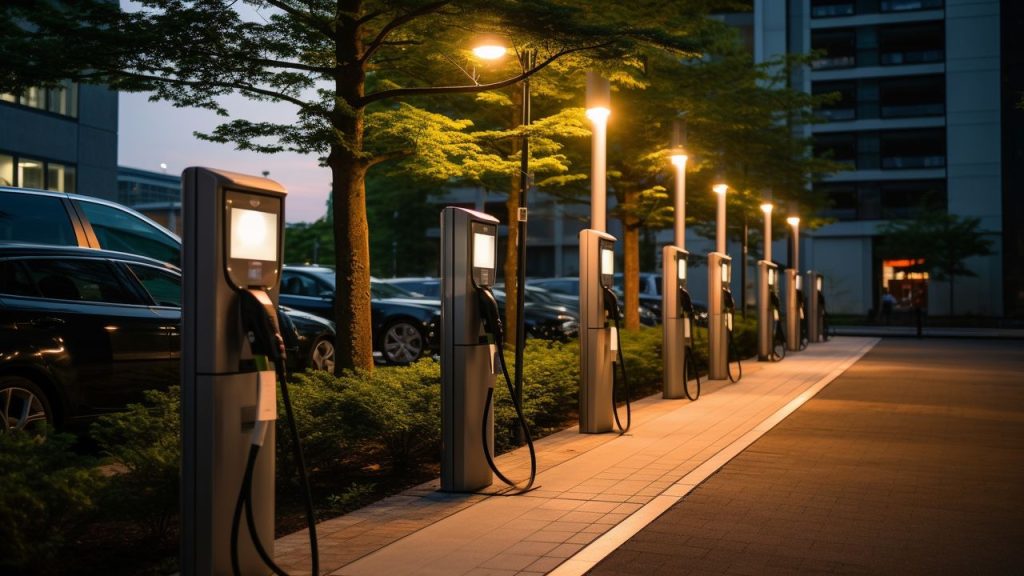Electric Vehicle Battery Recycling and Sustainability
As the demand for electric vehicles (EVs) continues to rise, it is crucial to address the issue of battery recycling and sustainability. Electric vehicle batteries are a valuable resource that should be conserved and recycled to minimize environmental impact and ensure a sustainable future.
Resource Conservation
Electric vehicle batteries are made from a variety of materials, including lithium, cobalt, nickel, and graphite. These materials are not only expensive but also limited in supply. To meet the growing demand for EVs, it is essential to conserve these resources by recycling and reusing batteries.
Battery recycling involves the collection and processing of used batteries to recover valuable materials. Through this process, materials like lithium and cobalt can be extracted and reused in the production of new batteries. By recycling batteries, we can reduce the need for mining raw materials, thereby conserving natural resources.
Battery Reconditioning
In addition to recycling, battery reconditioning is another sustainable practice that can extend the lifespan of electric vehicle batteries. Reconditioning involves restoring the battery’s performance by addressing issues such as capacity degradation and cell imbalance.
Reconditioning techniques include deep cycling, which involves fully discharging and recharging the battery to improve its overall capacity. Balancing the cells within the battery pack is another crucial step in the reconditioning process. This ensures that each cell is operating at its optimal level, maximizing the battery’s performance and lifespan.
By reconditioning batteries, we can reduce the number of batteries that need to be recycled or disposed of, further conserving resources and minimizing waste.
Remanufactured Batteries
Remanufactured batteries offer another sustainable solution for electric vehicle battery recycling. Instead of recycling the entire battery, remanufacturing involves replacing only the faulty or degraded components of the battery pack.
During the remanufacturing process, the battery is disassembled, and the faulty cells are replaced with new ones. The remaining components, such as the battery casing and electronics, are reused if they are still in good condition. This approach significantly reduces the amount of waste generated and the need for raw materials.
Remanufactured batteries undergo rigorous testing to ensure they meet the same performance standards as new batteries. This allows them to be used in electric vehicles without compromising safety or efficiency.
Conclusion
Electric vehicle battery recycling and sustainability are critical aspects of the transition to a greener transportation system. By conserving resources through recycling, reconditioning, and remanufacturing, we can minimize environmental impact and ensure the long-term viability of electric vehicles.
As the demand for EVs continues to grow, it is essential for manufacturers, policymakers, and consumers to prioritize battery recycling and sustainable practices. By doing so, we can contribute to a cleaner and more sustainable future for generations to come.


